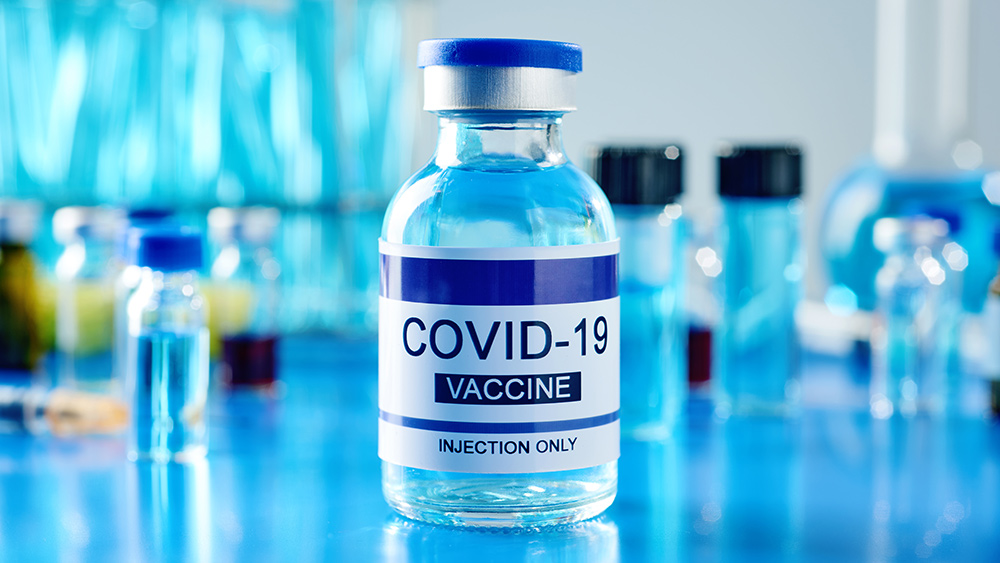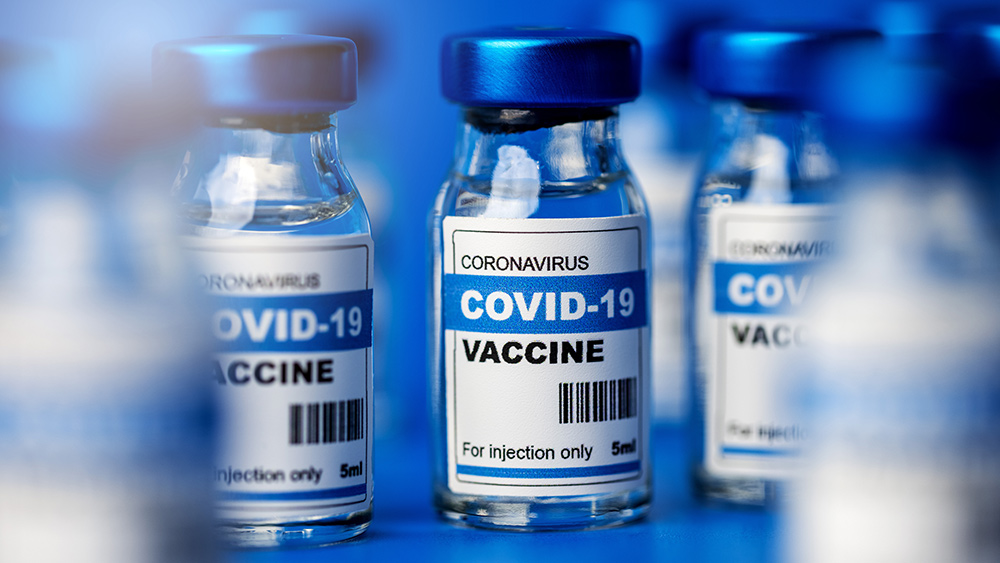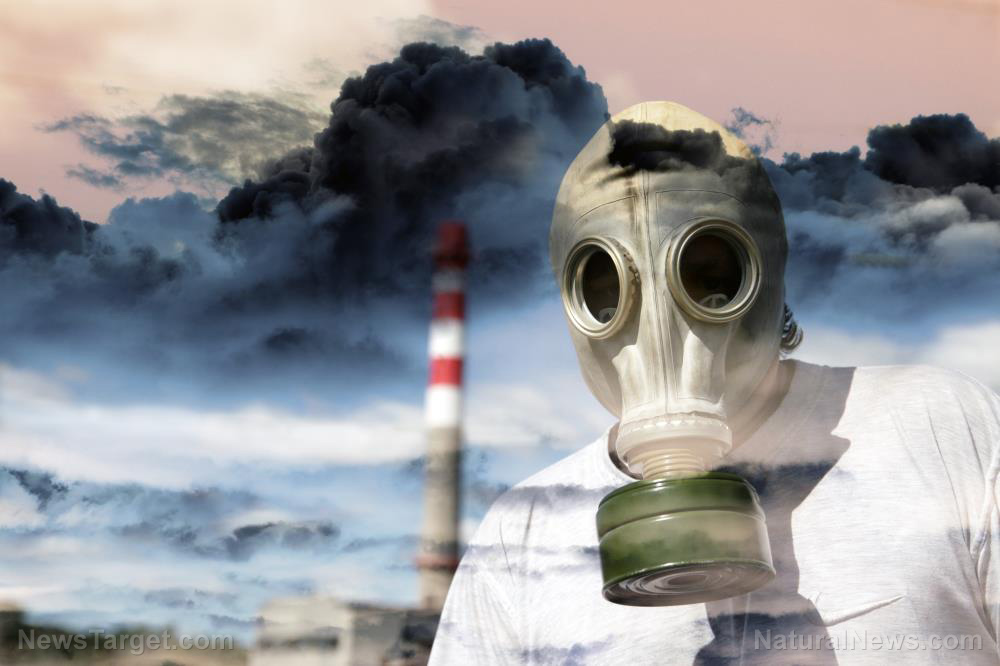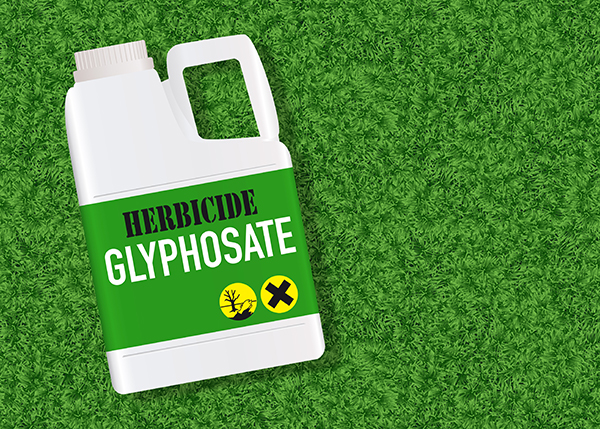A call for scrutiny: FDA considers independent probe into vaccine DNA contamination
10/02/2025 / By Willow Tohi

- An FDA official acknowledged the agency is considering an independent review of DNA contamination in COVID-19 mRNA vaccines, following concerns raised by its advisory panel.
- Independent researchers have found levels of residual plasmid DNA, including an undisclosed SV40 promoter sequence, that exceed regulatory limits.
- The presence of the SV40 sequence, known for its cancer-promoting potential in lab animals, raises significant bio-safety concerns due to its ability to facilitate DNA entry into the human cell nucleus.
- The CDC’s vaccine advisory panel has shifted its guidance, now recommending COVID-19 vaccination only after an individual consultation between a patient and their healthcare provider.
- Regulators face mounting pressure for greater transparency and oversight as new data challenges the initial safety assurances provided by vaccine manufacturers.
In a significant development that challenges long-held safety assurances, the U.S. Food and Drug Administration is weighing whether to launch an independent evaluation of residual DNA contamination found in COVID-19 mRNA vaccines. This internal discussion was prompted during a recent meeting of the Centers for Disease Control and Prevention’s vaccine advisory panel, where members raised alarms over new data suggesting that DNA fragments in the Pfizer and Moderna shots may exceed federal limits. The panel’s concerns, which also included the spread of vaccine material beyond the injection site, led to a unanimous vote to scale back vaccine recommendations, marking a pivotal moment in the official narrative surrounding the shots’ safety and efficacy.
The contamination concern: Exceeding limits and hidden sequences
The core of the issue lies in the manufacturing process of the mRNA vaccines. To generate the spike protein mRNA, manufacturers use DNA plasmids from E. coli bacteria. While this DNA is supposed to be fully removed before final packaging, multiple independent researchers have consistently found that it is not. Recent testing, including a study published in the journal Methods and Protocols, quantified the DNA load in vaccine vials from Canada. The findings were stark: total DNA levels exceeded the FDA’s 10 nanogram per dose regulatory limit by 36 to 627-fold.
Perhaps more alarming was the specific identification of a simian virus 40 (SV40) promoter-enhancer sequence in Pfizer’s vaccine—a genetic component that was not disclosed to regulators. The SV40 promoter is a well-known tool in biotechnology for its ability to drive gene expression and facilitate the entry of foreign DNA into a cell’s nucleus. In laboratory settings, SV40 has been shown to induce cancers in animals. The presence of this bioactive sequence, now found encapsulated in the lipid nanoparticles of the vaccine, raises profound questions about potential long-term risks, including the theoretical chance of DNA integration into the human genome.
Researchers sound the alarm, regulators acknowledge the issue
For years, independent scientists have been vocal about these contaminants. Genomics expert Kevin McKernan, who first identified the plasmid DNA contamination, has been at the forefront. “That DNA could integrate into the human genome and create autoimmunity problems,” McKernan warned in an interview. His testing, and that of other researchers like former Johnson & Johnson scientist David Wiseman, has consistently shown high levels of residual DNA.
During the September CDC panel meeting, these external findings finally received a formal, public acknowledgment from a senior regulator. When pressed by panel member Dr. Kirk Milhoan on why a contaminated product wasn’t pulled from the market, FDA senior adviser Dr. Tracy Hoeg stated, “I’ll say that that is something that’s being discussed.” She added, “I want to sincerely thank the independent researchers, many of whom I know, who have brought this issue to the public’s attention.” This represents a notable shift from the FDA’s previous stance, which had asserted that no safety concerns related to residual DNA had been identified after billions of doses administered.
A paradigm shift in vaccine policy
The growing body of concerning data has precipitated a major change in official vaccine guidance. The CDC’s Advisory Committee on Immunization Practices (ACIP) unanimously voted to move COVID-19 vaccination into a category of “shared clinical decision-making.” This is a substantial departure from previous broad recommendations. The CDC defines this process as one where “there is no default” to vaccinate; instead, the decision must be individualized and informed by a detailed discussion between a patient and their healthcare provider.
The panel’s chair, Retsef Levi, underscored the weakness of the data supporting the vaccines’ continued widespread use, describing estimates of protection as based on “very low quality data and analyses.” He also highlighted autopsies that identified deaths, including in children, as being caused by COVID-19 vaccination, stating, “Myocarditis can cause death. It’s proven.”
A legacy of questions and the path forward
The discovery of DNA contamination, particularly the undeclared SV40 promoter, echoes historical controversies where lack of transparency in vaccine production had devastating consequences. The situation underscores the critical importance of rigorous, independent regulatory oversight and the vital role of transparent science. For years, individuals reporting adverse events were often dismissed; now, federal health agencies are being forced to confront the very issues those individuals raised.
The FDA has not yet announced if it will proceed with independent testing. However, the mere consideration of such a review, coupled with the CDC’s dramatic policy shift, signals a new chapter in the COVID-19 vaccine story—one defined not by unwavering certainty, but by a necessary and overdue demand for accountability, deeper investigation and truly informed consent for all medical interventions.
Sources for this article include:
Submit a correction >>
Tagged Under:
big government, Big Pharma, biological weapon, biotechnology, CDC, DNA contamination, FDA, genetic lunacy, medical violence, pharmaceutical fraud, progress, real investigations, spike protein, toxic ingredients, vaccine wars, vaccines
This article may contain statements that reflect the opinion of the author
RECENT NEWS & ARTICLES
HealthScience.News is a fact-based public education website published by Health Science News Features, LLC.
All content copyright © 2018 by Health Science News Features, LLC.
Contact Us with Tips or Corrections
All trademarks, registered trademarks and servicemarks mentioned on this site are the property of their respective owners.



















